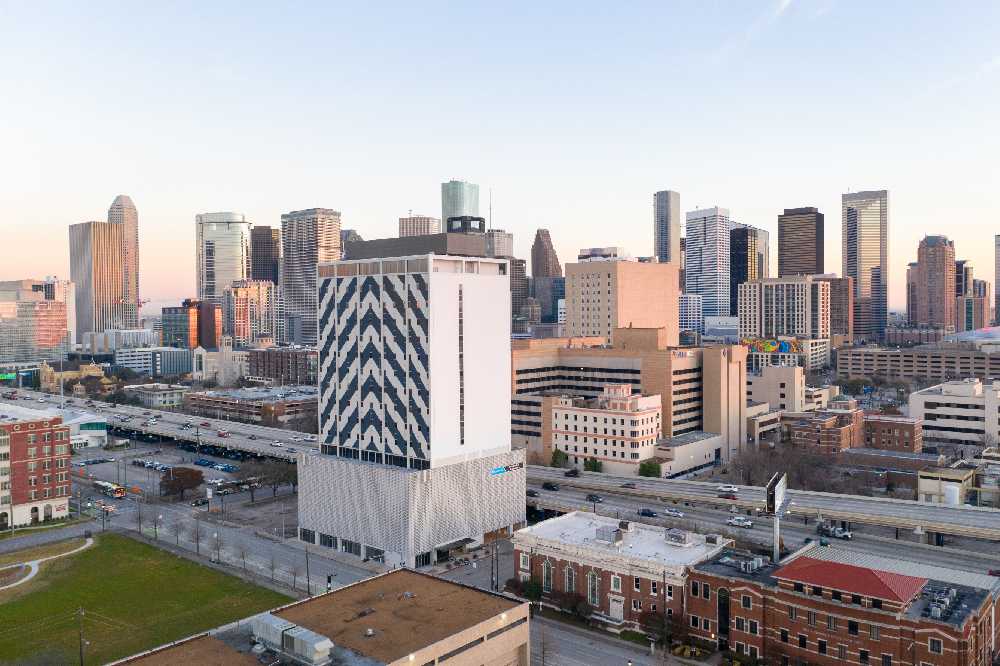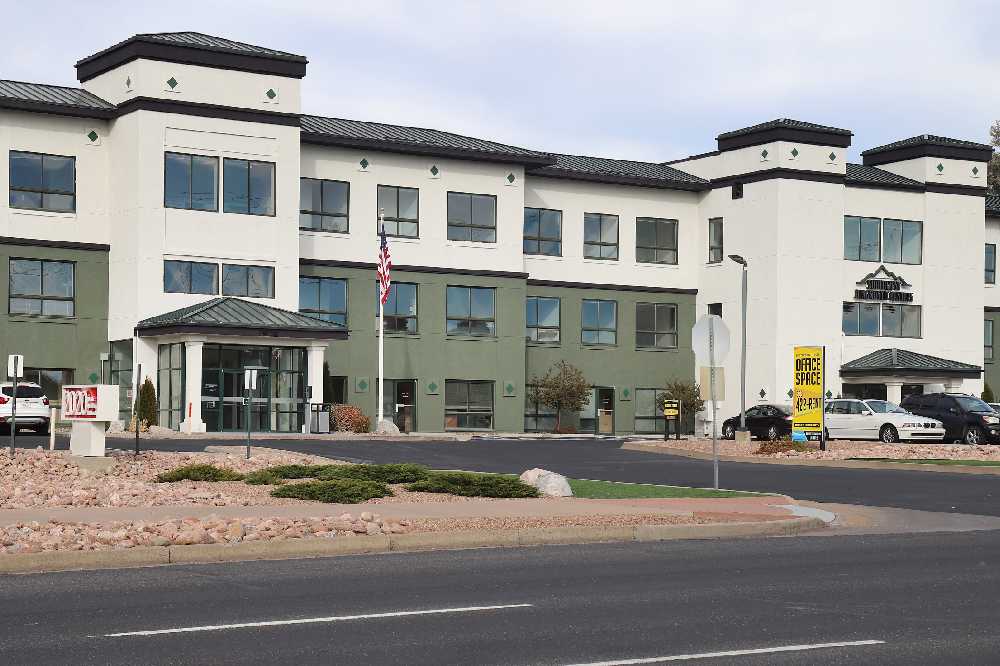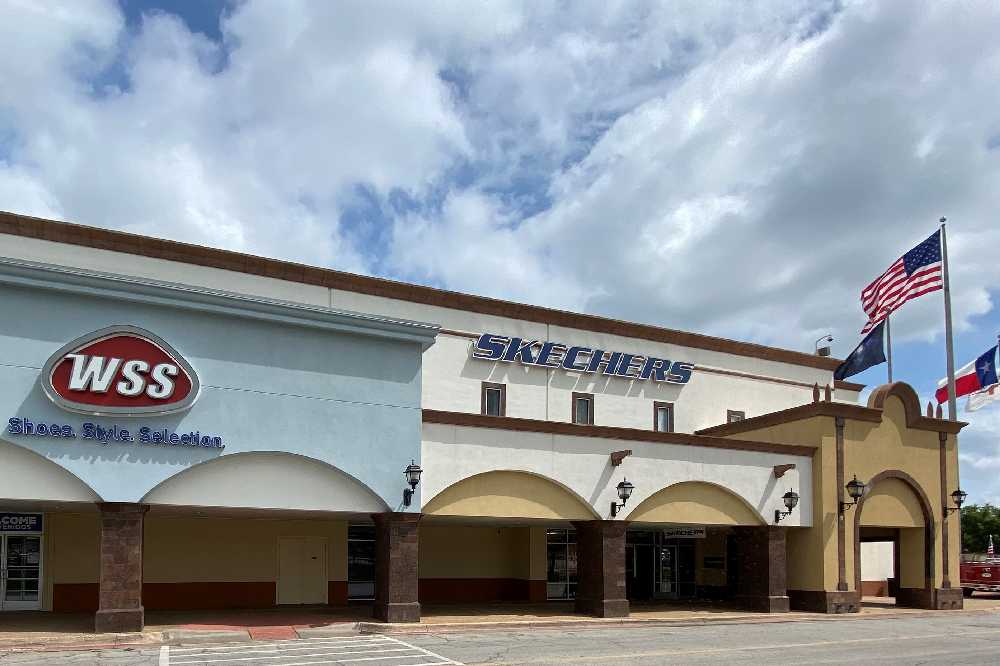5 Types of Commercial Real Estate: A Beginner’s Guide
Venturing into the world of real estate can be an exciting journey, and understanding the different types of properties is your first step toward success. While many are familiar with residential real estate, the commercial industry offers a vast landscape of unique real estate investment opportunities. We are committed to being your partner in success, providing the expert guidance you need to understand this dynamic market.
This guide will provide a clear commercial property definition and explore the primary real estate categories you’ll encounter. By the end, you’ll have a solid foundation for identifying the various types of properties and understanding where your interests might lie.

What is Commercial Real Estate?
Before diving into the different types, let’s answer the core question: What is commercial property? Simply put, commercial real estate (CRE) refers to property used exclusively for business-related purposes or to provide a workspace. The primary goal of these properties is to generate income, either through capital appreciation, rental income, or both.
This is the key distinction from residential real estate, which involves properties used for private living. A commercial building is an investment vehicle, designed to house businesses and generate profit. This focus on income is what defines the commercial sector.
You may also like: What Are the Benefits of Renting an Office Space?
The 6 Main Types of Commercial Real Estate
The world of commercial real estate is diverse. Understanding the main categories helps investors and business owners find the right fit for their goals. Each type comes with its own set of considerations, from management style to the terms of a commercial property lease.
1. Office Buildings
When people think of commercial buildings, office towers are often the first image that comes to mind. These properties are the backbone of many corporate operations, providing the space where business gets done. They can range from a single-tenant building in a suburb to a towering skyscraper in a bustling downtown core.
Office buildings are often categorized by class. A building’s class is determined by several key factors, including its location, quality of construction, available amenities, and overall condition.
Properties in prime locations with modern features and superior maintenance are generally classified higher, while older buildings in less desirable areas with fewer amenities are placed in lower classes. These distinctions help investors and tenants identify the best fit for their needs and expectations.
To make this clearer, here is a breakdown of each building class:
- Class A: The most prestigious buildings with high-end finishes, modern amenities, and prime locations. They command the highest rental rates.
- Class B: These are well-maintained buildings but are slightly older and may have fewer modern amenities than Class A properties. They offer a good balance of quality and affordability.
- Class C: These properties are typically older than 20 years and are often located in less desirable areas. They are more functional than aesthetic and appeal to tenants seeking value.
2. Retail Spaces
Retail properties are where businesses sell goods and services directly to consumers. This is a massive segment of the commercial industry, encompassing everything from a local coffee shop to a sprawling shopping mall. The success of a retail property is heavily dependent on location, visibility, and customer traffic.
Common types of retail properties include:
- Shopping Centers and Malls: Large-scale developments featuring anchor tenants (like major department stores) and many smaller retailers.
- Strip Centers: Smaller retail properties often found in suburban areas, typically arranged in a straight line with direct parking.
- Single-Tenant Buildings: A standalone property leased to one business, such as a fast-food restaurant or a bank.
You may also like: The Best Neighborhoods to Work in Dallas
3. Industrial Properties
Industrial real estate is the engine of commerce, serving as the hub for manufacturing, storage, and distribution. These properties are often large, functional spaces located near major transportation routes like highways, ports, and airports for logistical efficiency.
This category includes several key sub-types:
- Manufacturing Plants: Facilities where raw materials are converted into finished goods.
- Warehouses and Distribution Centers: Used for storing and shipping products. The rise of e-commerce has made these properties incredibly valuable.
- Flex Space: A hybrid property that combines office and industrial space, offering businesses flexibility under one roof.


4. Multifamily Housing
Multifamily housing is a unique category that sits at the intersection of residential and commercial real estate. While people live in these properties, they are considered commercial because they consist of multiple units owned by a single entity for the purpose of generating rental income.
These properties include:
- Apartment Buildings: Ranging from small, low-rise buildings to large, high-rise complexes with hundreds of units.
- Duplexes, Triplexes, and Quadplexes: Buildings with two, three, or four separate housing units.
Multifamily properties are often seen as a stable investment because the demand for housing is consistent.
5. Hotels and Hospitality
Hospitality properties are designed to provide accommodation and services to travelers. This category includes hotels, motels, and other short-term lodging options. The performance of these properties is closely tied to the health of the tourism industry, business travel trends, and local events.
There are different types of hospitality properties:
- Full-Service Hotels: Offer a wide range of amenities, including on-site restaurants, room service, and conference facilities.
- Limited-Service Hotels: Provide basic lodging without the extensive amenities of full-service hotels, like a daily breakfast but no on-site restaurant.
- Boutique Hotels: Smaller, stylish hotels that offer a unique, personalized experience.
Find the Right Office Space with Boxer Property
Navigating the six main types of commercial real estate is easier when you have the right partner by your side. At Boxer Property, we specialize in helping businesses find and lease high-quality office space, one of the core categories highlighted in this guide. Our extensive portfolio spans a variety of commercial buildings, including traditional office suites, flexible workspaces, and even mixed-use properties designed to meet the needs of modern organizations.
If your next step in commercial real estate is leasing office space, let us be your trusted guide. Explore our listings and discover the right space to elevate your business within the dynamic landscape of commercial property.
About Boxer Property
Boxer Property is celebrating over 30 years as an innovative commercial real estate investment and management company. Boxer Property Management Corporation is a privately held firm based in Houston that manages, leases, and administers retail, medical, hospitality, and office properties with over 15 million square feet across more than 140 locations, nationwide. For more information, visit BoxerProperty.com


